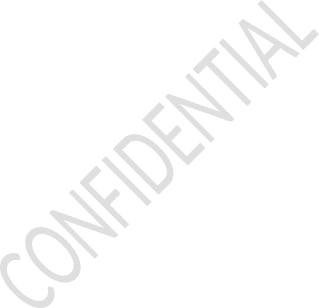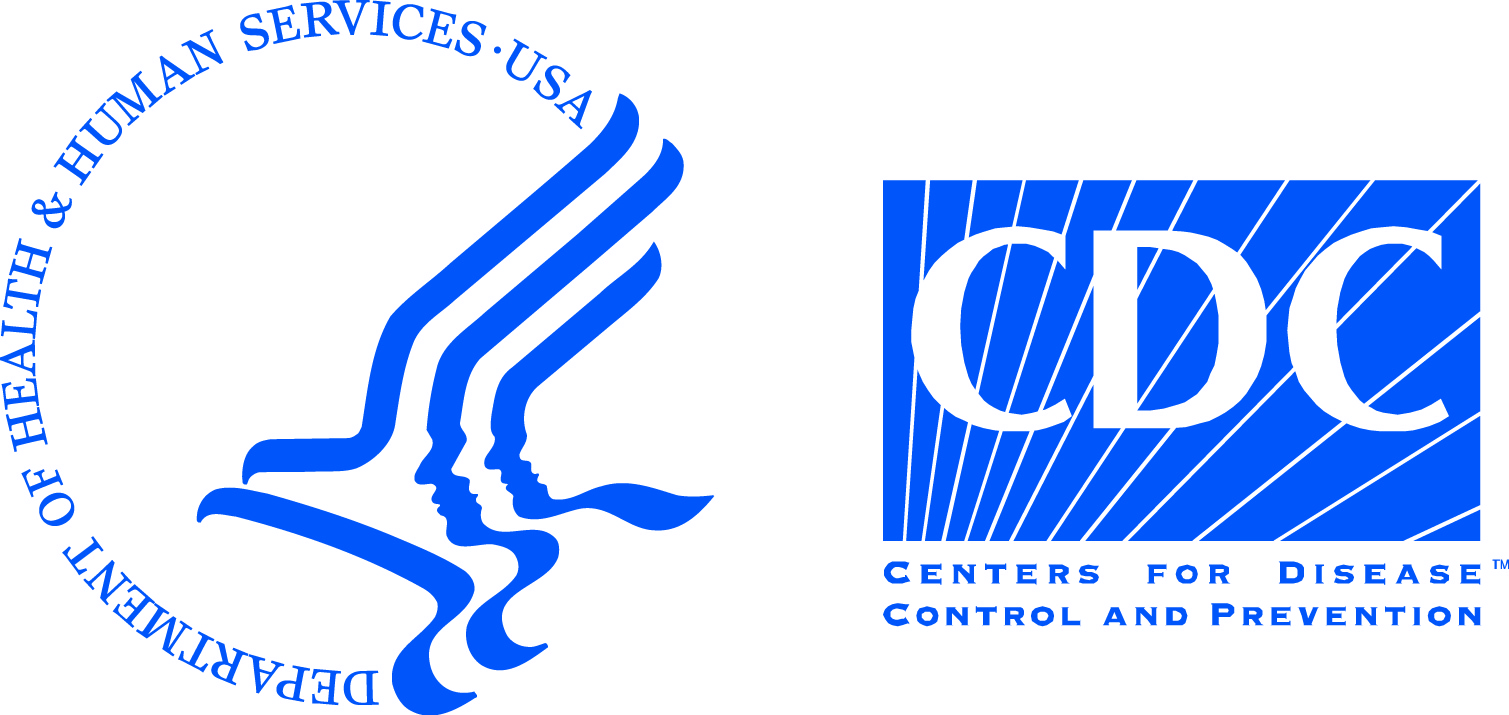Guidance for the evaluation and triage of contacts of confirmed Ebola virus disease (Ebola) cases for routine or urgent medical concerns, including symptoms compatible with Ebola
Att3cGuidance for Eval Triage of Ebola Contacts.docx
Ebola Virus Disease in the United States:CDC Support for Case and Contact Investigation
Guidance for the evaluation and triage of contacts of confirmed Ebola virus disease (Ebola) cases for routine or urgent medical concerns, including symptoms compatible with Ebola
OMB: 0920-1045
1
 1/18/14_(Form
3c)_
1/18/14_(Form
3c)_
Guidance for the evaluation and triage of contacts of confirmed Ebola virus disease (Ebola) cases for routine or urgent medical concerns, including symptoms compatible with Ebola
Purpose: guide evaluation of routine and urgent medical concerns in a contact of a person diagnosed with Ebola
Key items for planning before any symptom report
Identify a designated local health department official (DLHO) for referral and follow up of symptomatic contacts
Local health department should maintain the following information about each contact:
Exposure category (as defined by CDC’s Monitoring and Movement Guidance)
Name and 24-hour telephone number of primary care provider (PCP)
Preferred health care facility
Review the following information with each contact’s Primary Care Provider (PCP):
Inform PCP that one (or more) of their patients is being monitored by the health department
Ask about any medical condition or history that might affect monitoring and evaluation,
The patient’s exposure category,
The type of monitoring (e.g., active, direct active),
What to do if their patient becomes symptomatic,
Provide contact information for the local health department official to the PCP.
Management of initial report of signs or symptom by a contact (Table 1)
NOTE: If at any point in a contact tracer visit, the contact says that they have symptoms, or if the contact tracers observe that the contact appears ill, or if they observe blood or body fluid contamination, even if the contact reports no symptoms, the contact tracers should take immediate steps to ensure their own safety.
If the contact tracers are unsure if a contact’s symptoms are consistent with Ebola, they should consult with the DLHO
Triage of contacts with routine or urgent medical concerns (Table 2)
Table 2 provides guidance for routine (non-emergency) and urgent (emergency) medical concerns, based on whether the symptoms are compatible with Ebola.
Once the DLHO has received information from the contact tracers and the symptomatic contact, s/he will be able to triage the call. The next steps will depend on the severity of the symptoms and their compatibility with Ebola. If the contact tracers instruct a contact to isolate him or herself in a room to await further instructions, the DHLO should follow up with the contact within 2 hours.
Local health officials have several resources available to them, including clinical and subject matter experts at the state health department and the Centers for Disease Control and Prevention (Provide contact information here).
Table 1. Management of initial report of signs or symptoms by a contact of an Ebola patient |
|||
Type of follow-up |
Location where symptoms are assessed |
Ebola signs, symptoms reported, observed? |
Contact tracer actions |
Scheduled home visit |
Brief assessment at the door |
No |
Follow contact tracing guidelines (ref) for home visits Do not use PPE If contact appears ill, or if blood or body fluid contamination is observed, even if contact reports no symptoms:
|
|
|
Yes |
Do not enter residence Maintain distance of ≥3 feet Conduct temperature and symptom check at the door OR Return to car and obtain symptom history by telephone Obtain contact’s telephone number Instruct contact to go to a room (preferably with a private bathroom), close the door, wait for further instructions Contact DLHO to report that contact appears ill/has symptoms |
|
After entering residence |
Yes |
Determine if it is safe to remain in the home Instruct contact to go to a room (preferably with a private bathroom), close the door, wait for further instructions Put on gloves Exit residence Contact DLHO to report that contact appears ill/has symptoms |
Telephone |
Telephone call |
No |
Follow contact tracing guidelines (ref) Obtain and record information on temperature and symptoms |
|
|
Yes |
Ask the contact to report his/her temperature Obtain a complete, detailed Ebola symptom history, including:
Instruct contact to go to a room (preferably with a private bathroom), close the door, wait for further instructions Contact DLHO to report that contact has symptoms |
Table 2. Management of non-emergency and emergency medical concerns of asymptomatic and symptomatic contacts of Ebola patients |
|||
Level of urgency |
Ebola-compatible symptoms? |
Actions |
Management |
Non-emergency |
No |
Designated local health official (DLHO) calls PCP to discuss symptoms, review contact’s exposure category PCP calls patient and determines if management can occur at home or if transport to a health care facility is necessary |
Home management DLHO, PCP, and contact tracers coordinate follow-up of the contact Health care facility management PCP notifies DLHO that transport to health care facility is needed PCP and DLHO determine appropriate means of transport Privately-owned conveyance EMS transport DLHO notifies EMS of need to transport contact and the contact’s exposure category DLHO notifies receiving hospital (ED) as determined by PCP |
|
Yes |
DLHO determines hospital of acceptance based hospital preparedness and capability, and, if possible, on PCP affiliation DLHO determines appropriate means of transport to health care facility based on symptom severity
DLHO calls designated hospital official AND receiving ED DLHO should ask contact tracer or another local public health official talk to household members of contact DLHO should prepare for contact tracing and household and patient vehicle cleaning in case patient tests positive for Ebola DLHO should report incident to state health department |
If household members are NOT under home quarantine, the contact tracer should ask them to leave the house and not touch blood or body fluid or try to clean any part of the home If household members are under home quarantine, the contact tracer should ask that they avoid the room(s) where the patient resided while he or she was ill
Health department should consider finding alternative housing for household members and pets until
Local health department should make sure that family and pets of patient are appropriately cared for |
Emergency |
No |
Contact should first call 911, then, the DLHO DLHO should call and notify first responders of contact’s exposure category and implications for EMS transport DLHO should call designated hospital official AND receiving ED to inform them of contact’s exposure category and implications for care DLHO should report incident to State department of health |
|
|
Yes or Unknown |
Contact should first call 911, then, the DLHO DLHO should call and notify first responders of contact’s exposure category and implications for EMS transport DLHO should call designated hospital official AND receiving ED to inform them of contact’s exposure category and implications for care DLHO should report incident to State department of health DLHO should instruct contact tracer or another local public health official to contact household members of contact DLHO should prepare for contact tracing and household and patient vehicle cleaning in case patient tests positive for Ebola |
If household members are NOT under home quarantine, the contact tracer should ask them to leave the house and not touch blood or body fluid or try to clean any part of the home If household members are under home quarantine, the contact tracer should ask that they avoid the room(s) where the patient resided while he or she was ill
Health department should consider finding alternative housing for household members and pets until
Local health department should make sure that family and pets of patient are appropriately cared for |
| File Type | application/vnd.openxmlformats-officedocument.wordprocessingml.document |
| Author | CDC User |
| File Modified | 0000-00-00 |
| File Created | 2021-01-25 |
© 2026 OMB.report | Privacy Policy